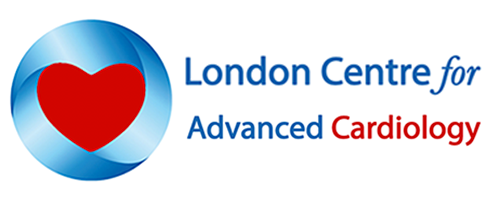Sudden Death Syndrome (SDS) is an umbrella term used for the many different causes of cardiac arrest in young people. Sometimes there are no warning signs, but in other cases people can experience dizziness or fainting spells. Sudden loss of consciousness or death often occurs during physical exercise or emotional upset.
The frequency of the condition isn’t fully known as many sudden deaths in the UK are put down to natural causes. But research has indicated that about 500 deaths a year in the UK are because of sudden arrhythmic death syndrome. The statistics could hardly be more severe: in the UK alone, more than 1,750 people die of sudden cardiac arrest each week – the highest figure in Europe. The incidence of sudden cardiac death in the young is estimated to be 1 in 100,000 per life year.
It is estimated that approximately 80% of all non-traumatic sudden deaths in young com-petitive athletes are due to inherited / congenital structural or functional cardiovascular abnormalities. The majority of young sudden cardiac deaths are due to inherited forms of heart muscle disorder and irregular heart beat.
In England, the rate of sudden unexpected adult deaths due to ischaemic heart disease is estimated to be 9.1 per 100,000 per annum. This is equivalent to 3338 cardiac deaths in adults aged 16-64 years.
DIAGNOSING A CARDIAC ABNORMALITY
There is a simple way to diagnose most cardiac abnormalities. This is by having a heart screening.
The European Society of Cardiology (ESC 2005) and International Olympic Committee (IOC) recommend cardiac screening for any young person taking part in competitive sport. Sport itself does not lead to cardiac arrest, but can trigger a sudden death by aggravating an undetected cardiac abnormality. In countries such as Italy, screening participants in representative sports is mandatory. In some professions cardiac testing is also mandatory.
HEART SCREENING
SCREENING means having an ECG and Echocardiogram tests done.
An Electrocardiogram (ECG) which looks at the electrical conduction pathways around the heart. Small stickers known as electrodes are placed on the patient’s chest and the wires connect to a machine whilst you lie still. A printout of the heart’s electrical activity is obtained for evaluation by the cardiologist. This test is painless, non-invasive and takes a matter of a few minutes to perform.
An Echocardiogram (Echo) is an ultrasound test (such as offered to pregnant women) which looks at the structure of the heart. From the information provided on screen, measurements are taken which give a guide to muscle thickness and size of the chambers of the heart. Again, this test is non-invasive and takes a matter of a few minutes to perform.
We recommend that screening is requested via your GP if there have been any young sudden deaths in the family. Or if there are symptoms of:
- Chest pain (exercise related)
- Severe Breathlessness
- Palpitations
- Prolonged Dizziness
- Fainting/Blackouts
Depending on your results, you may be asked to have further investigations such as an Exercise treadmill test, ECG Holter monitor and Cardiac MRI (CMR).
Exercise Treadmill Test, also called exercise ECG is the same as the ECG but is recorded before, during and after a period of time spent exercising on a treadmill. This allows the doctor to examine any changes in electrical patterns that occur with exercise, and analyse any abnormalities.
A Holter Monitor is a continuous test to record your heart’s rate and rhythm for a long period of time. This device has electrodes and electrical leads exactly like a regular ECG (electrocardiogram). It is an important diagnostic tool that is routinely used to assess arrhythmias (abnormal rhythm of the heart). You can wear the monitor for 12 to 48 hours and it will record the rhythm and electrical activity of your heart as you go about your daily activities, such as working, exercising and even sleeping.
Cardiac Magnetic Resonance (CMR) scan is a special kind of scan used to examine the structure of the heart and the nature of its muscle. It uses a Magnetic Resonance scanner that creates intense fluctuating magnetic fields around your body while you are inside the scanner. This generates the signals that make up the pictures produced.
I hope you found this information useful.
With best wishes ,
Dr Milton Maltz MD, M.Phil
Do you have any specific concerns? Call us now on 0207 580 3145

